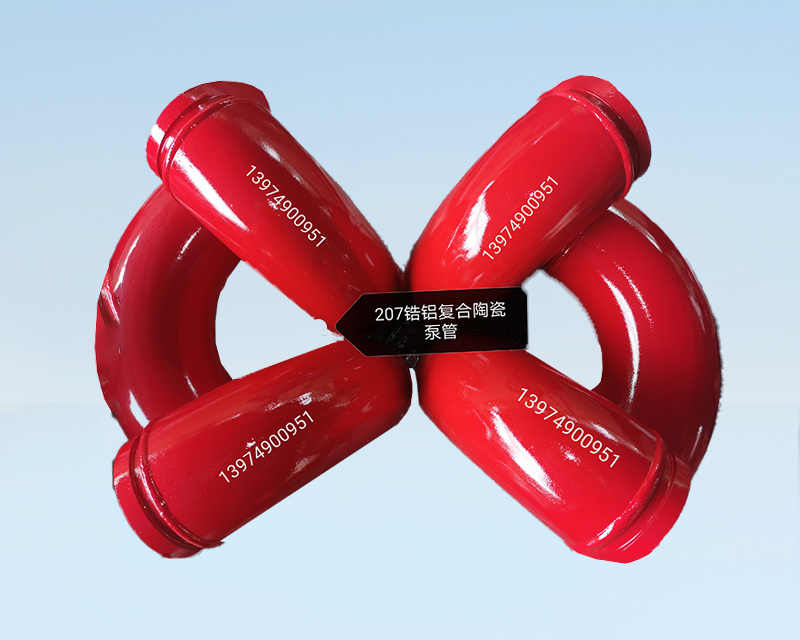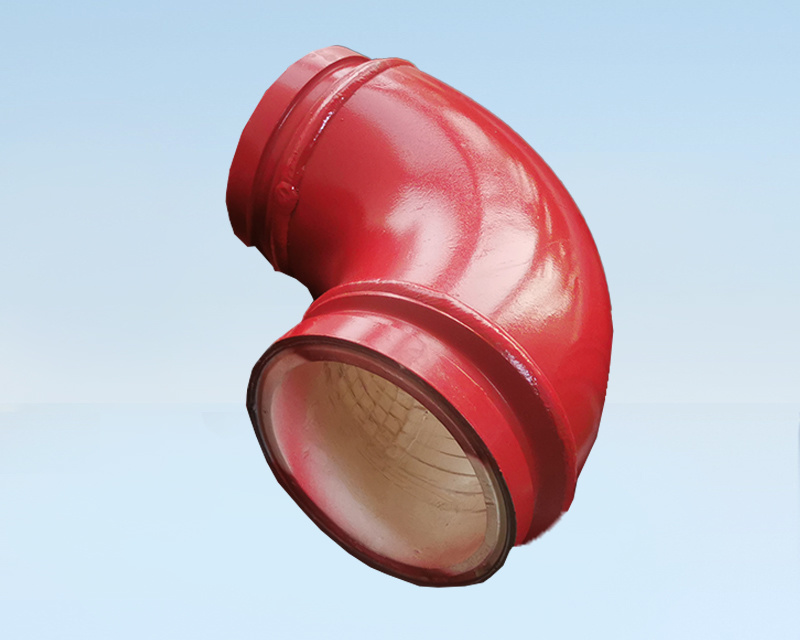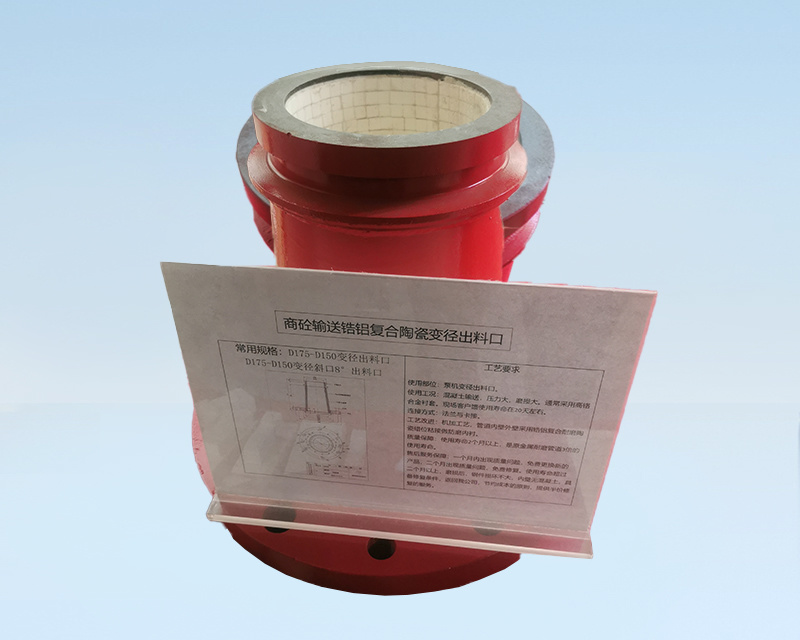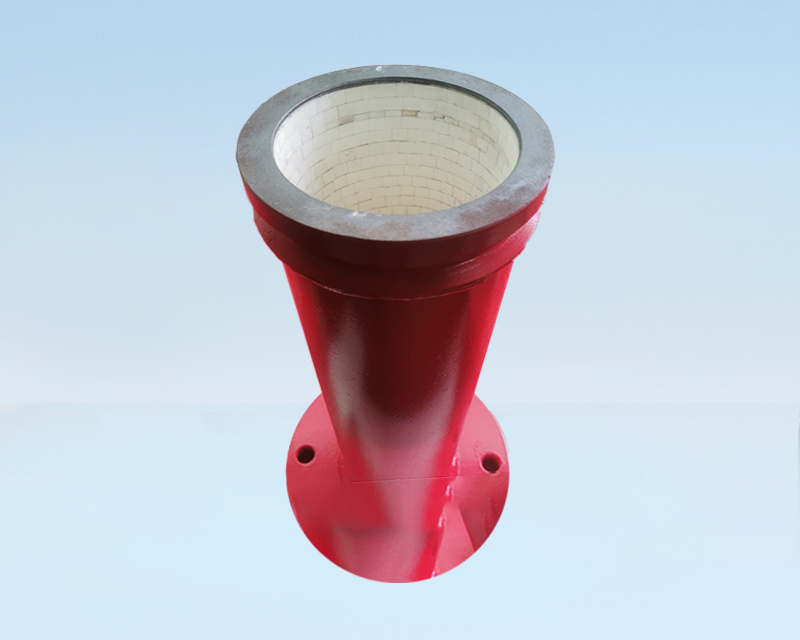Product Series
Contact Us
Phone/WeChat:
Email:
Address:No.2, Qingyuan South Road, Langli Street, Changsha County, Changsha City
Ceramic piece
- Product description
-
1. Product Overview
1.1 Definition and Composition
Alumina ceramic definition: Alumina ceramic is an inorganic non-metallic material made primarily from alumina (Al2O3), processed finely and sintered at high temperatures, widely used in various industrial fields.
Composition characteristics: Alumina ceramics are classified into different purity levels based on the alumina content, including 95% and 99%, with higher purity resulting in superior performance.1.2 Technical Advantages
High hardness and wear resistance: Alumina ceramics have extremely high hardness, reaching Mohs hardness level 9, second only to diamond and corundum, demonstrating excellent wear resistance.
High temperature resistance and thermal stability: Can be used in environments up to 1600℃ without deformation or melting, making it an ideal material for high-temperature applications.1.3 Application Fields
Electronics industry: Plays an important role in integrated circuit substrates, semiconductor components, and other areas.
Mechanical industry: Used as wear-resistant components such as bearings and seals, improving the durability and efficiency of machinery.
Chemical industry: Serves as lining materials for corrosion-resistant pumps and valves, withstanding the erosion of chemical media.2. Production Process
2.1 Raw Material Selection
High-purity alumina: Selects high-purity alumina powder to ensure product purity and performance, laying a solid foundation for subsequent processing.2.2 Processing Technology
Molding process: Uses methods such as dry pressing, isostatic pressing, or injection molding to shape the ceramic slurry into the desired form, ensuring dimensional accuracy and shape consistency of the product.
Sintering technology: Conducts sintering at high temperatures to achieve densification and hardening of the ceramic body, enhancing its mechanical strength and wear resistance.2.3 Quality Control
Strict quality management system: From raw material procurement to finished product delivery, each stage undergoes strict quality inspection and control to ensure product reliability and consistency.3. Product Features
3.1 Wear Resistance
Application case: In automotive engines, alumina ceramics are used to manufacture wear-resistant cylinder liners and piston rings, significantly improving engine durability and efficiency.3.2 High Temperature Resistance
High temperature application: In aerospace, alumina ceramics are used as thermal protection components for rocket engines, withstanding extreme high temperatures and thermal shock.3.3 Corrosion Resistance
Chemical stability: Exhibits excellent corrosion resistance to most acids, bases, and salts, suitable for linings in pumps and valves in the chemical industry.4. Services and Support
4.1 After-sales Service
Technical support: Provides professional technical consultation and product usage guidance to help customers solve problems during use.4.2 Customization Services
Customized solutions: Offers customized product design and manufacturing services based on specific customer needs.4.3 Continuous Improvement
R&D investment: Continuously invests in R&D to optimize product formulations and production processes, enhancing product performance and market competitiveness.
Key words:
Wear-resistant materials/various bending pipe fittings







